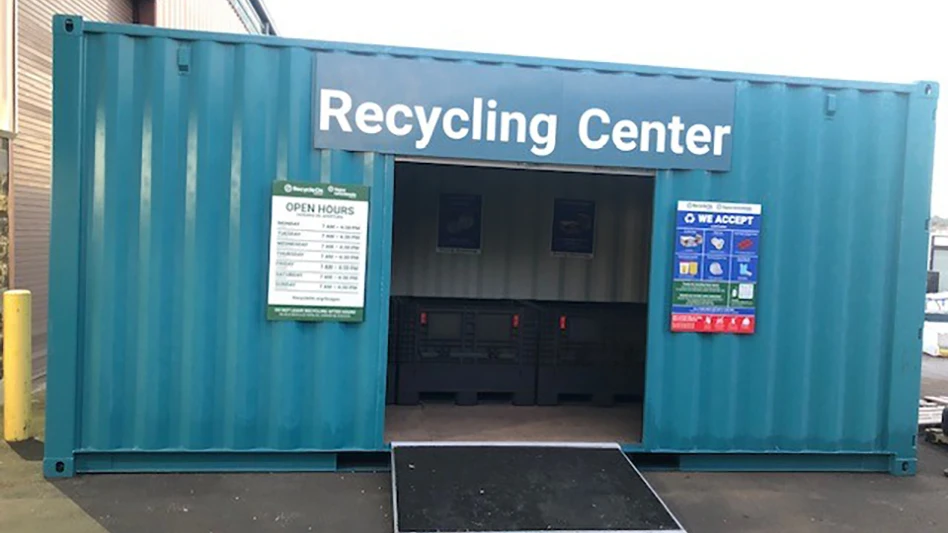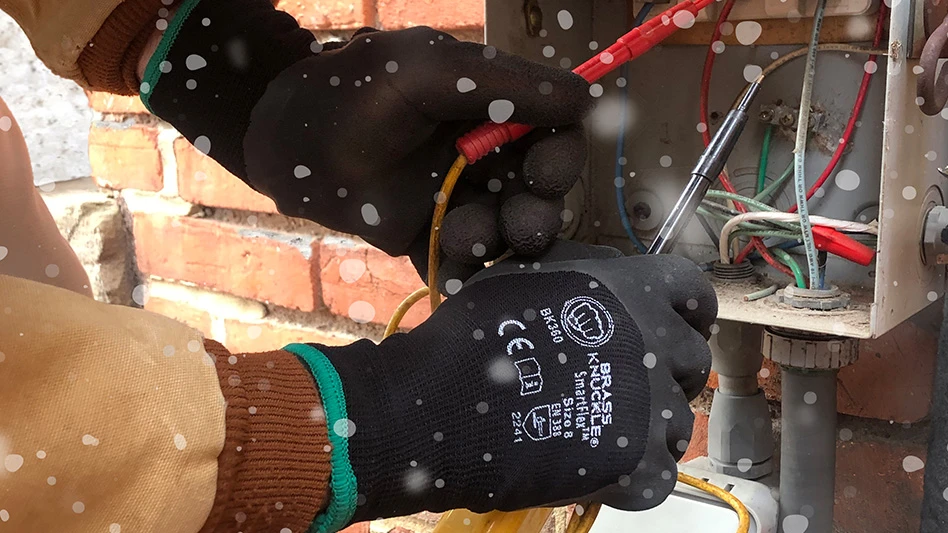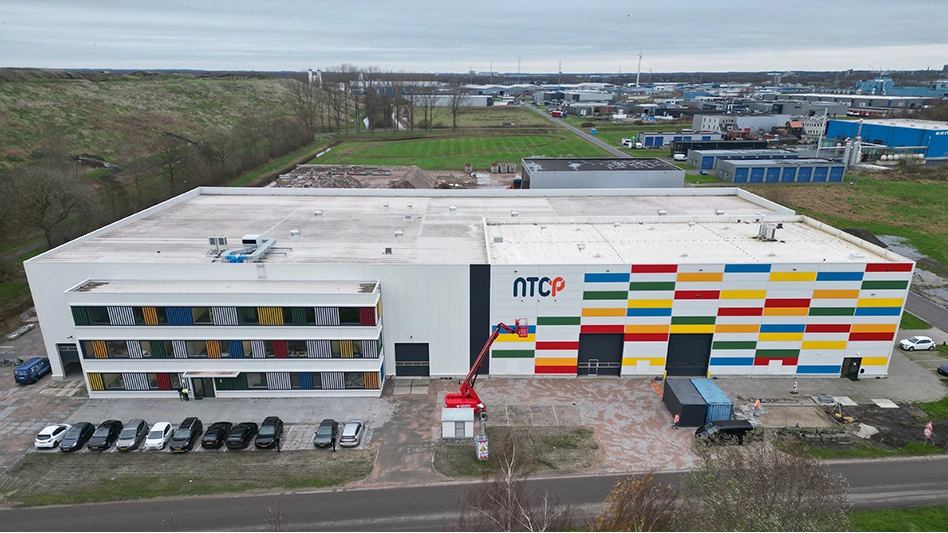Ministers and government officials are attending a conference in Geneva, Switzerland this week to decide on further action to alleviate the burdens by hazardous and other wastes.
The agenda features the launch of a unique partnership with major mobile-phone manufacturers, a ministerial roundtable on "e-wastes" and the release of new data on global trends in waste generation and transport.
The Sixth Meeting of the Conference of the Parties to the Basel Convention on the Transboundary Movement of Hazardous Wastes and Their Disposal will consider a strategic plan running through the year 2010 aimed at accelerating concrete action to protect human health and the environment from hazardous wastes.
The Meeting also expects to adopt technical guidelines on the disposal and recycling of lead-acid batteries, plastic wastes, biomedical and healthcare wastes, and obsolete ships.
"With some 150 million metric tons of hazardous wastes produced every year, the industrial world needs to accelerate its investments in cleaner production technologies and processes that can reduce wastes," said Klaus Toepfer, executive director of the United Nations Environment Program, under whose auspices the Convention was negotiated and adopted in 1989.
"Governments and industry must also work together to improve recycling systems and treatment plants. In all cases, poorer countries and communities must not be forced to shoulder the burdens of our industrial economy by being on the receiving end of hazardous wastes that they did not create," he said.
On Dec. 12th, top officials representing nine leading mobile phone manufacturers from around the world will announce their intention to form a partnership with the Basel Convention on the environmentally sound management of end-of-life mobile phones. This first-ever initiative on e-wastes exemplifies the vital contributions being made by industry to the Convention.
The mobile phones signing ceremony will be followed by a ministerial roundtable on the emerging issue of "e-wastes." The communications, information and entertainment revolution of the past two decades has led to a dramatic increase in electronic and electrical wastes. Industry executives are expected to participate in the debate.
In addition to the 12 sets of guidelines already in use, the meeting will consider approving new guidelines on:
Plastic wastes. The draft guidelines respond to concern that developing countries often lack the necessary legislation and facilities for coping with the dramatic growth in these wastes. In many of these countries, plastics are disposed of through open, uncontrolled burning and landfilling. Open burning releases pollutants into the air that can cause various health problems.
Dismantling of ships. Ships are built using a wide range of materials, including asbestos and other dangerous products. Decommissioning a large vessel can thus involve the removal of many metric tons of hazardous wastes. The draft guidelines have been developed in cooperation with the International Maritime Organization, the International Chamber of Shipping, the International Labour Organization and non-governmental environmental organizations.
Biomedical and healthcare wastes. Hospitals and other healthcare centers can generate large quantities of wastes, including infectious materials. Gloves, gowns, hypodermic needles, and scalpels are exposed to blood and other bodily fluids. Chemicals, pharmaceuticals and vaccines also enter the waste stream. The guidelines recommend measures for segregating, collecting, labeling, handling, and sterilizing these wastes and for dealing with spills and accidents.
Lead-acid batteries. Widely used in industry, automobiles and other consumer goods, lead-acid batteries are the number one source of secondary lead in the world today. In many developing countries, retired batteries are still broken manually using an axe, which is dangerous to the workers. Inhaling dust, fumes or vapors dispersed in the workplace air can lead to acute lead poisoning. The more common problem, however, is chronic poisoning from absorbing low amounts of lead over long periods of time.
Other issues on the agenda include a discussion of efforts to combat illegal trade in hazardous wastes, a decision to establish a mechanism for compliance and implementation, and the development of regional centers as the main instruments of the Convention to assist in building capacity in member governments.Latest from Recycling Today
- US Steel to restart Illinois blast furnace
- AISI, Aluminum Association cite USMCA triangular trading concerns
- Nucor names new president
- DOE rare earths funding is open to recyclers
- Design for Recycling Resolution introduced
- PetStar PET recycling plant expands
- Iron Bull addresses scrap handling needs with custom hoppers
- REgroup, CP Group to build advanced MRF in Nova Scotia





